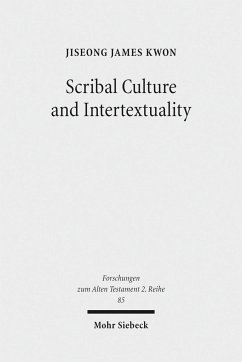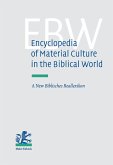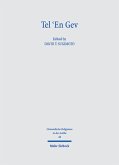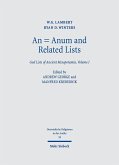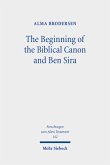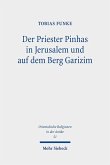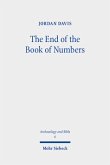In this work, JiSeong James Kwon examines a variety of scholarly arguments concerning the distinctive literary and historical relationship between the book of Job and the second part of the book of Isaiah (Isaiah 40-55), so-called Deutero-Isaiah. The general methodology in a comparative study between biblical texts has been the author-oriented approach which traces the complex interrelationships between corresponding texts, considering many verbal and thematic similarities, but this approach often arises from the misleading concepts of literary dependence from an early source to a later one. In this book, the author argues that scribes were writers of biblical materials and belonged to a group of the literate elite in Judahite society, and that resemblances between the two books result from the production of a scribal culture. This view may shed a light on traditional researches influenced by form-criticism, which divides the literate groups in Israelite society into different professional groups-priests, sages, and prophets. The proposed approach of the scribal culture has also resulted in a different way of interpreting the association with ancient Near Eastern literature which is supposed to be closely related to the two books. Similarities with non-Israelite sources have been suggested by scholars as unequivocal evidence of literary dependence or influence, but a careful examination of those extra-biblical compositions possibly affirms that scribes would have a broad awareness of other ancient texts. Finally, shared ideas and interests between the two books do offer insights into the theological views of the scribes in the Persian period. We may see the historical development of scribal ideas by comparing the two books with other biblical texts and by confirming the diversity and discrepancy within them.

